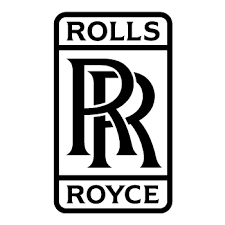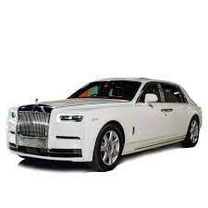ROLLS-ROYCE Car PDF Manuals
Rolls-Royce Cars History
There're 5 ROLLS-ROYCE car service manuals PDF, electric wiring diagrams.
Rolls-Royce is a company with an impeccable reputation that has been producing the most reliable, prestigious and expensive cars in the world for more than 100 years.
Its name and an integral attribute - the Spirit of Ecstasy talisman on the hood - have long symbolized luxury, wealth and elitism, and are recognized as a national treasure of Great Britain.
The essence of Rolls-Royce was formed on the intersection of British conservatism, design perfectionism, the highest quality standards, the aristocratic spirit of old England and royal tastes.
Here you can quote the well-known advertising phrase: "Being the owner of a Rolls-Royce is not just a luxury, it is a privilege."
The history of the brand began with a meeting between engineer Henry Royce and wealthy aristocrat Charles Rolls at the Midland Hotel restaurant in Manchester.
Their common interest in automobiles formed the basis for a new firm, opened in 1906.
Created in 1907, the Rolls-Royce Silver Ghost ensured its fame throughout the world and set its main priorities for all subsequent years.
Since then, even the model names have hardly changed and are united by a "ghostly" theme: the most prestigious series is named Phantom, and more affordable cars from 1946 to 2002 are called Phantom were alternately designated as Silver Wraith, Silver Dawn, Silver Cloud, Silver Shadow, Silver Spirit, Silver Spur and Silver Seraph, which essentially speaks of their common ancestor - the "Silver Ghost".
From its inception to the early 1970s. the company lived at the expense of its own funds, mainly received from the production of aircraft engines.
In 1971, it went bankrupt and was nationalized, then it became the property of the Vickers concern, which in 1998 sold it to BMW.
In 2003, the brand was revived with a new generation of Rolls-Royce Phantom, which combined high technology and classic design.
Production was moved from Crewe to a state-of-the-art underground plant in Goodwood.
At the same time, Bentley, which had belonged to Rolls-Royce since 1931, was separated from Rolls-Royce and passed under the control of Volkswagen.
Rolls-Royce cars have always been distinguished by a special body architecture, which was determined by the monumental grille, reminiscent of the facade of an ancient temple.
The cars were assembled exclusively by hand by the best specialists in mechanics, body work and interior, with great attention to the installation of every detail, painting and polishing.
Thanks to this, it is believed that of the 10 Rolls-Royces ever built, at least 6 are still on the move.
The phenomenal reliability of Rolls-Royce cars gives grounds to assert that they never break down, but simply stop working.
In the development of each model, the main priorities were quality, comfort, quietness and softness of the ride, and the company never indicated the power of its engines, rating it as "sufficient".
The company's moderately conservative policy was characterized by a cautious attitude towards innovation, which made its products "eternal classics".
So, electric ignition appeared on Rolls-Royce in 1919, five years later than other manufacturers, and the company abandoned the pre-war style only in the mid-50s.
Nevertheless, Rolls-Royce limousines were in demand among the richest people on the planet, and from 1950 to 2002. they were in the service of the British crown.
Many production traditions have been preserved to this day, while others had to be sacrificed due to changing market conditions.
For example, Henry Royce strove to use only parts of his own manufacture in the design of the chassis, but after his death in 1933 this became impossible.
The bodies for the Rolls-Royce Phantom were made by special firms until the early 90s, while other companies abandoned this practice immediately after the war.



